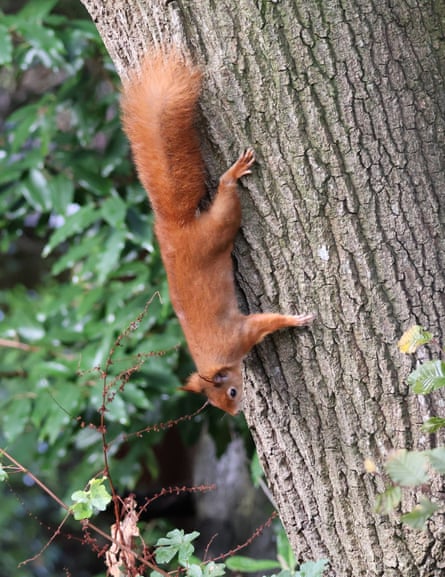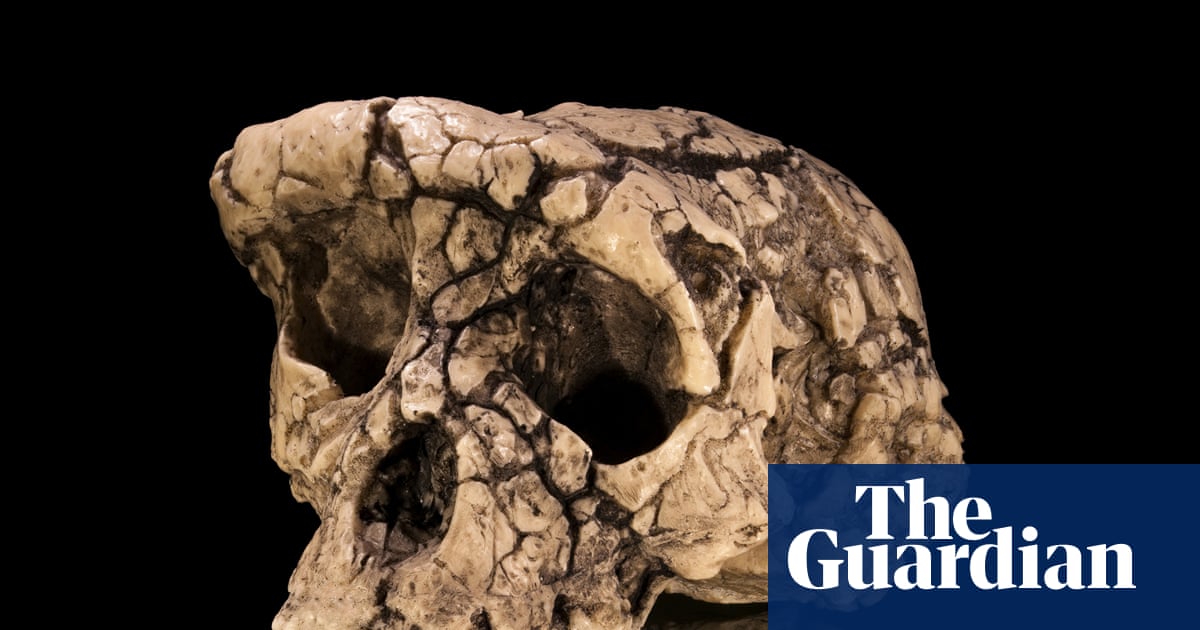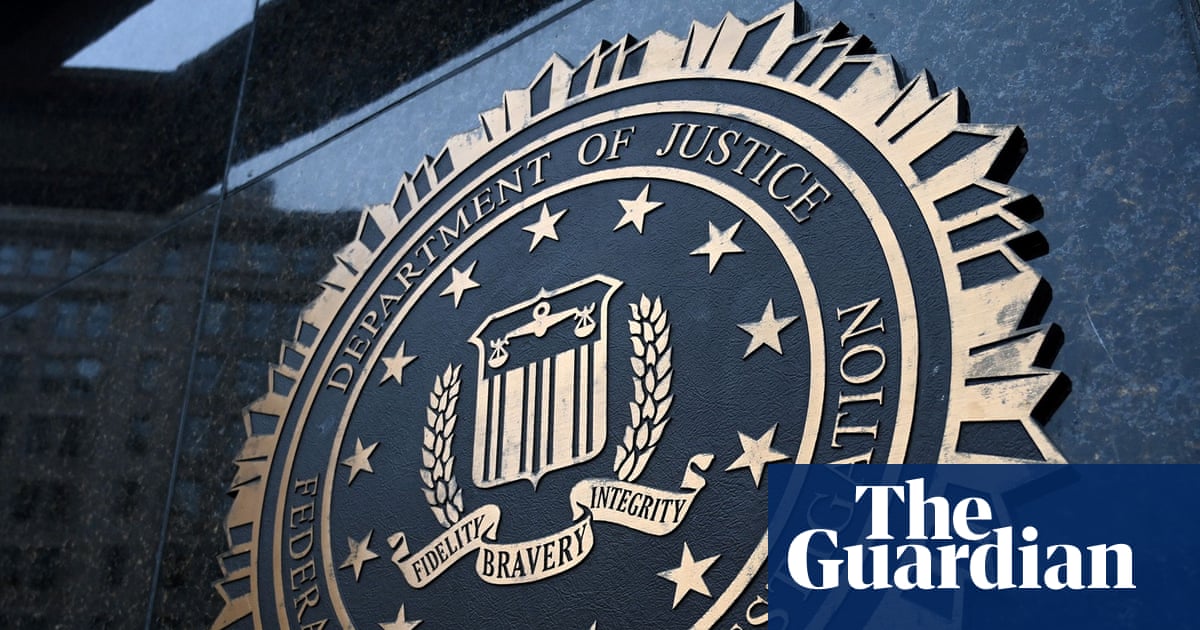Red squirrels are thriving on the Isle of Wight where they have enough food and a suitable habitat to support a population that could almost double, a study has found.
Using climate models, the researchers mapped how the red squirrel population would fare under different climate breakdown scenarios such as temperature changes and low levels of rainfall, finding no direct impact on their survivability and “a natural ability to adapt to a range of climactic conditions”.
Through analysis of fur samples, researchers also ascertained that the island was home to two genetically distinct groups of red squirrels.
While one sub-population is concentrated more towards the east of the island and the other towards the west, there are encouraging signs that two groups are beginning to mix, supporting the genetic diversity and overall health of future generations.
There are an estimated 3,500 red squirrels on the Isle of Wight, the largest remaining population of the endangered species in southern England.
This is largely due to the unique geographical position of the Isle of Wight and the Solent, which separates it from mainland England. Red squirrel numbers have fallen dramatically across mainland England since the introduction of invasive grey squirrels in the late 19th century, which outcompete them for resources and carry the squirrel pox virus that is fatal to red squirrels.

Dr Emilie Hardouin, a conservation geneticist at Bournemouth University, said the red squirrels on the Isle of Wight “might be the last remaining populations that used to be native to southern England”.
However, the researchers also said continual monitoring was necessary as island populations are more exposed to other threats such as limited genetic diversity.
Helen Butler, the founder of the Wight Squirrel Project, a conservation group, said: “It’s hard to overstate their importance to the Isle of Wight.” For Helen, who began working on the protection of the red squirrel “almost by accident” after one inspiring volunteering experience more than 30 years ago, every day can look different.
“People can call in and report things to me … because I can’t be everywhere at once. Sometimes I’m attending to ones that are sick and injured, or investigating if someone thinks they’ve seen a grey one.
“They’re also important to local businesses – they bring visitors in who want to tick seeing a red squirrel off their bucket list.”
Debbie Hart, another volunteer, said: “Everybody loves them … if people see them in the road they get out of their cars to take pictures. I have about eight in my garden – you get to know them, what they like or don’t, for example they’ll eat red grapes, but they won’t eat green ones.”
Hardouin added: “Now that we have the genetic data and we have the forestry data it’s easier to go back and look to see if we are missing any corridors to help the two groups of red squirrels integrate to help them thrive.”

 3 months ago
74
3 months ago
74

















































